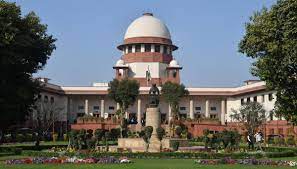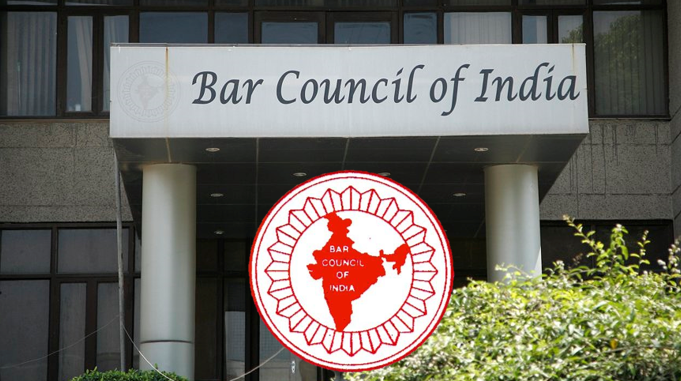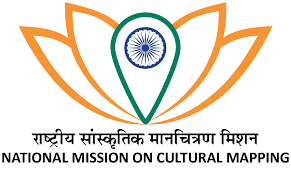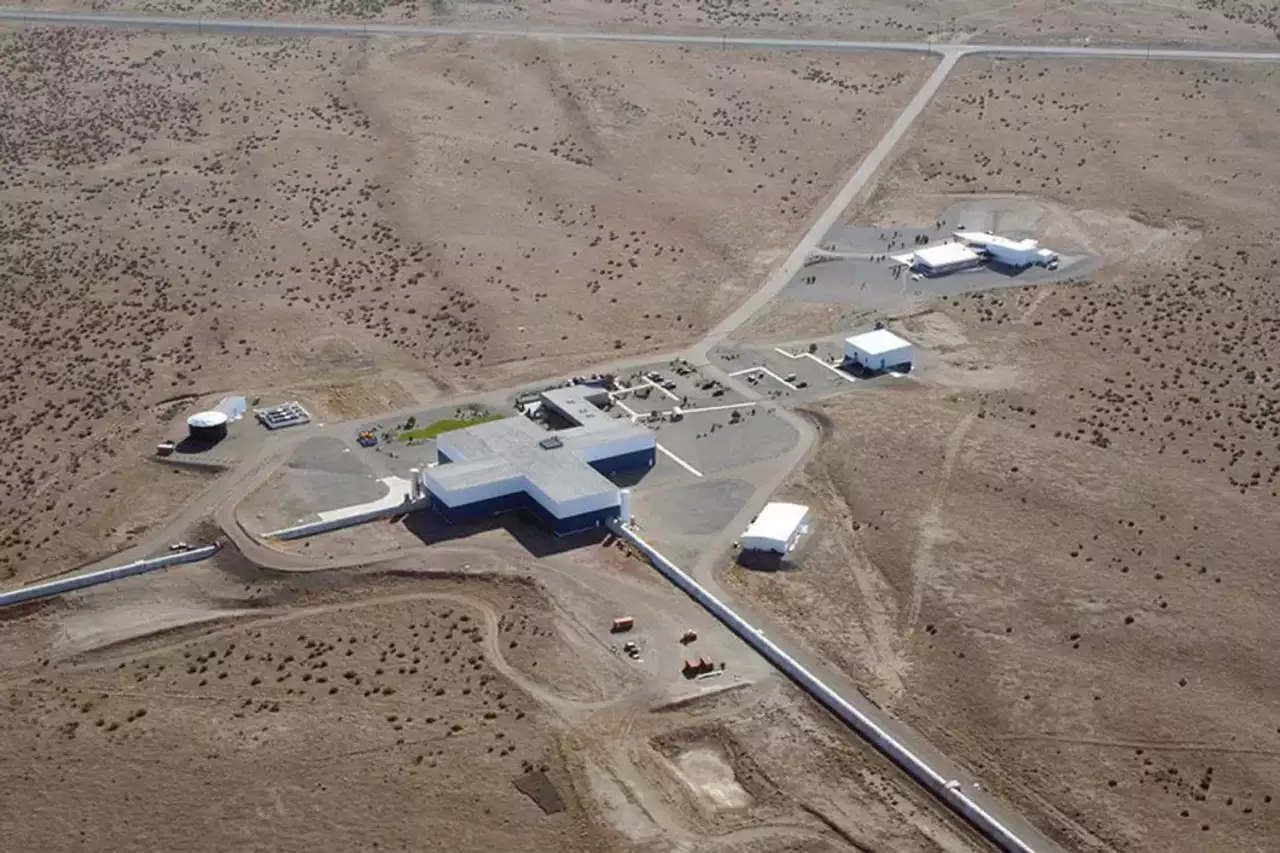UPSC
|
17 November 2021 06:33:40
Kartarpur Corridor
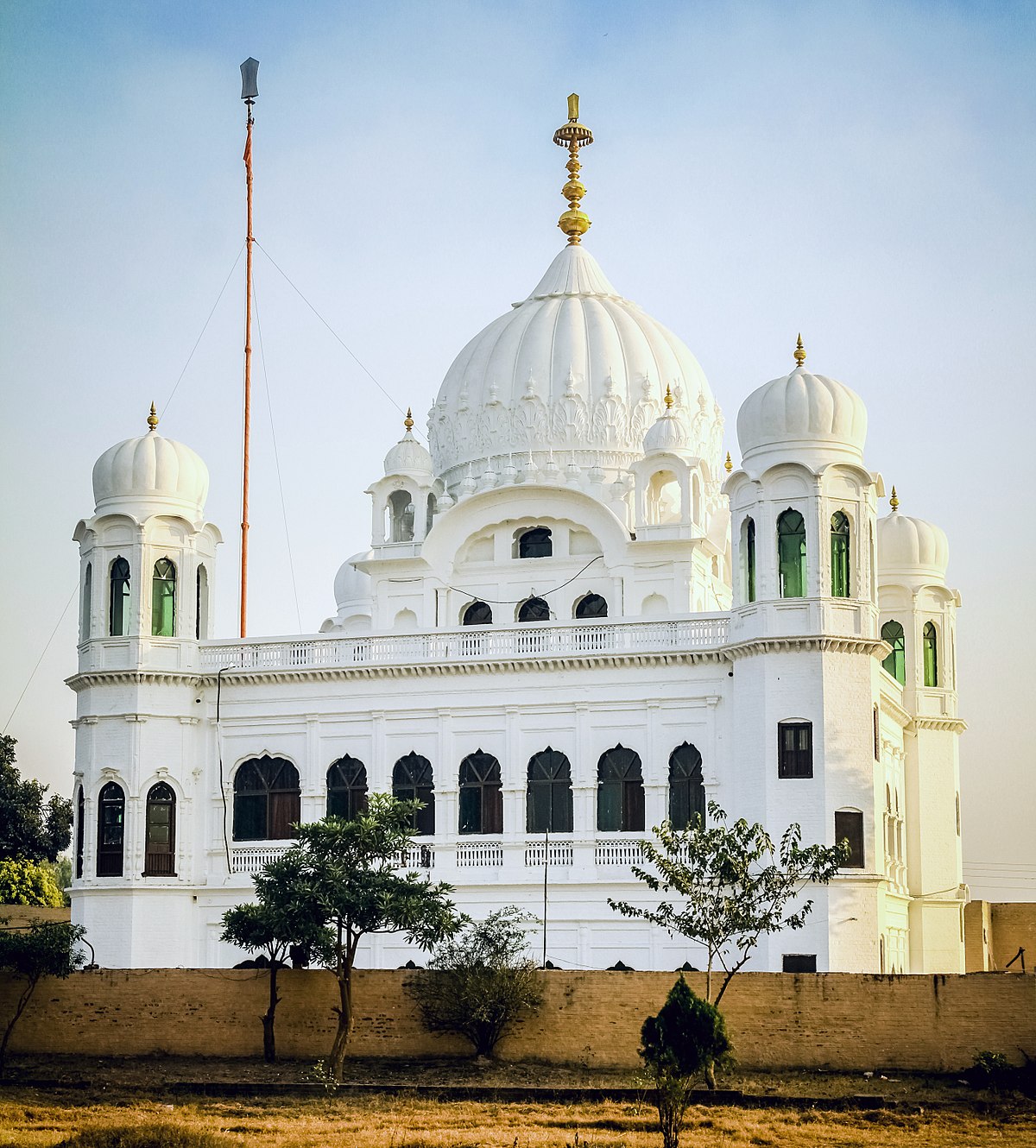
A historic corridor to one of Sikhism's holiest shrines is now open, allowing Indian pilgrims rare visa-free access to the site in Pakistan.
The Kartarpur corridor leads from the border straight to the Gurdwara Darbar Sahib Kartarpur, 4km (2.5 miles) away.
The corridor - which is in Punjab, a region divided during the partition of British India in 1947 - has opened just days before the 550th anniversary of the birth of Sikhism's founder, Guru Nanak, on 12 November.
There are only two major border crossings between the two countries, at Wagah between Amritsar in India and Lahore in Pakistan and further south at Munabao, where the train running between India's Jodhpur and Pakistan's Karachi stops.
What's happening?
The first Indian pilgrims to use the Kartarpur corridor included former Indian Prime Minister Manmohan Singh; Amarinder Singh, the chief minister of India's Punjab state; and 150 Indian parliamentarians.
Devotees from all over the world, including the UK and Canada, are also visiting for the celebrations.
Officials say the corridor can accommodate up to 5,000 pilgrims per day, with up to 10,000 able to visit the shrine every day.
Indian visitors to the shrine will require a passport but they will be carrying travel permits instead of visas. However, they will not be allowed to leave the premises of the shrine in Pakistan or stay overnight.
What is the significance of the shrine?
The shrine was built to commemorate the site where Guru Nanak spent the last 18 years of his life. It is considered to be the second holiest site for Sikhism after Gurdwara Janam Asthan, also in Pakistan, which was built on the site where Guru Nanak was born.
The existing shrine in Kartarpur was built in 1925 after the original was destroyed by floods. It was restored by the Pakistani government in 2004.
Spread across 42 acres (17 hectares), the expansion includes a new courtyard, museum, library, dormitories, locker rooms, an immigration centre and an embankment to protect the shrine from floods.
The corridor also features a bridge which will allow visitors to cross over the Ravi river, which flows between the international border and the shrine.
The Kartarpur corridor leads from the border straight to the Gurdwara Darbar Sahib Kartarpur, 4km (2.5 miles) away.
The corridor - which is in Punjab, a region divided during the partition of British India in 1947 - has opened just days before the 550th anniversary of the birth of Sikhism's founder, Guru Nanak, on 12 November.
There are only two major border crossings between the two countries, at Wagah between Amritsar in India and Lahore in Pakistan and further south at Munabao, where the train running between India's Jodhpur and Pakistan's Karachi stops.
What's happening?
The first Indian pilgrims to use the Kartarpur corridor included former Indian Prime Minister Manmohan Singh; Amarinder Singh, the chief minister of India's Punjab state; and 150 Indian parliamentarians.
Devotees from all over the world, including the UK and Canada, are also visiting for the celebrations.
Officials say the corridor can accommodate up to 5,000 pilgrims per day, with up to 10,000 able to visit the shrine every day.
Indian visitors to the shrine will require a passport but they will be carrying travel permits instead of visas. However, they will not be allowed to leave the premises of the shrine in Pakistan or stay overnight.
What is the significance of the shrine?
The shrine was built to commemorate the site where Guru Nanak spent the last 18 years of his life. It is considered to be the second holiest site for Sikhism after Gurdwara Janam Asthan, also in Pakistan, which was built on the site where Guru Nanak was born.
The existing shrine in Kartarpur was built in 1925 after the original was destroyed by floods. It was restored by the Pakistani government in 2004.
Spread across 42 acres (17 hectares), the expansion includes a new courtyard, museum, library, dormitories, locker rooms, an immigration centre and an embankment to protect the shrine from floods.
The corridor also features a bridge which will allow visitors to cross over the Ravi river, which flows between the international border and the shrine.

